The 2018 Woolsey Fire, one of the largest fires in L.A. County’s history, burned a good portion of the former Santa Susana Field Lab, once home to several nuclear reactors and the site of numerous rocket tests. The site remains significantly contaminated with radioactive waste and other toxic compounds. Does the site continue to endanger the health of surrounding communities, particularly when it burns? Listen to EcoJustice Radio discuss the situation with representatives from Physicians for Social Responsibility and Parents Against Santa Susana Field Lab.
Support EcoJustice Radio with a Tax-Deductible Donation
Subscribe to EcoJustice Radio: Apple Podcasts | SoundCloud | Google | Spotify | Stitcher | YouTube | Links
The Santa Susana Field Laboratory (SSFL or Rocketdyne), north of Los Angeles, after it burned in the November 2018 Woolsey Fire, threatened the region with toxic exposures from contaminated dust, smoke, ash, and soil. In the 1940s, the 2,850-acre SSFL with its 10 experimental nuclear reactors was developed for research and weapons testing.
In 1959, it suffered an uncontained partial meltdown of at least one sodium reactor. Workers tried to repair it. When they couldn’t, they were ordered to open the reactor’s large door, releasing radiation into the air. It likely spread to nearby communities such as Simi Valley, Chatsworth and Canoga Park.
This accident, referred to by experts as the worst nuclear disaster in U.S history, was the fourth largest release of iodine-131 in the history of nuclear power. Until 1979 the incident and the toxic waste byproduct that still pollutes the ground water, air, and soil, was kept secret. In 2017, the local NBC News station did an expose on the cover-up, detailed here.
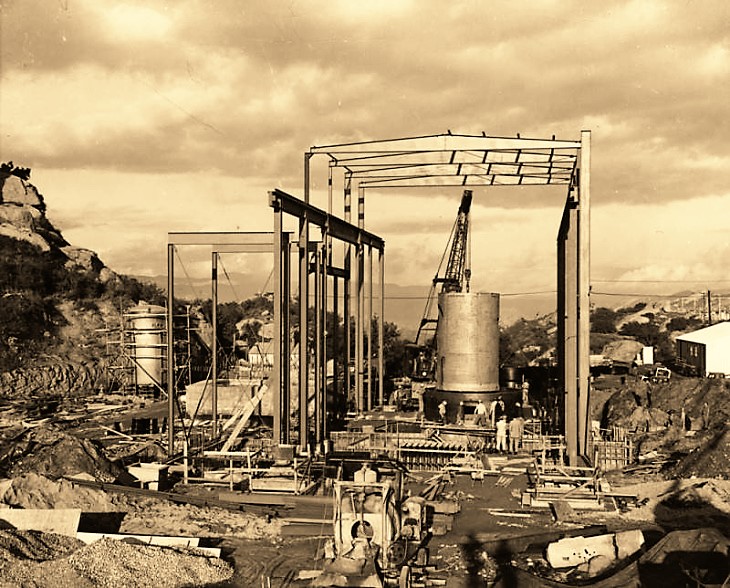

NASA and aerospace company Rocketdyne continued to use the Santa Susana facility for thousands of rocket tests through 1990. Those activities also released all sorts of toxic chemicals into the air and deposited them into the groundwater, the surface water and the soil.
A 2012 EPA report detailed the level of continuing contamination to a site that present owner Boeing wants to turn into open space. Approximately one out of every seven samples contained “concentrations of radioactive materials exceeding background levels.” More than 80% of these were man-made radionuclides. This echoed a 1989 Department of Energy report that found contaminants in both the soil and the plants.
“The soil, groundwater and surface water that’s in the center are all heavily contaminated,” says Dan Hirsch, who retired last year as the director of UC Santa Cruz’s program on environmental and nuclear policy. He’s also the president of Committee to Bridge the Gap, a nonprofit nuclear policy organization.
The California Department of Toxic Substances Control (DTSC) denied risk from the fire that it created by delaying the long promised cleanup. Their statement failed to assuage community concerns given DTSC’s longtime pattern of misinformation about SSFL’s contamination and its repeated broken promises to clean it up.
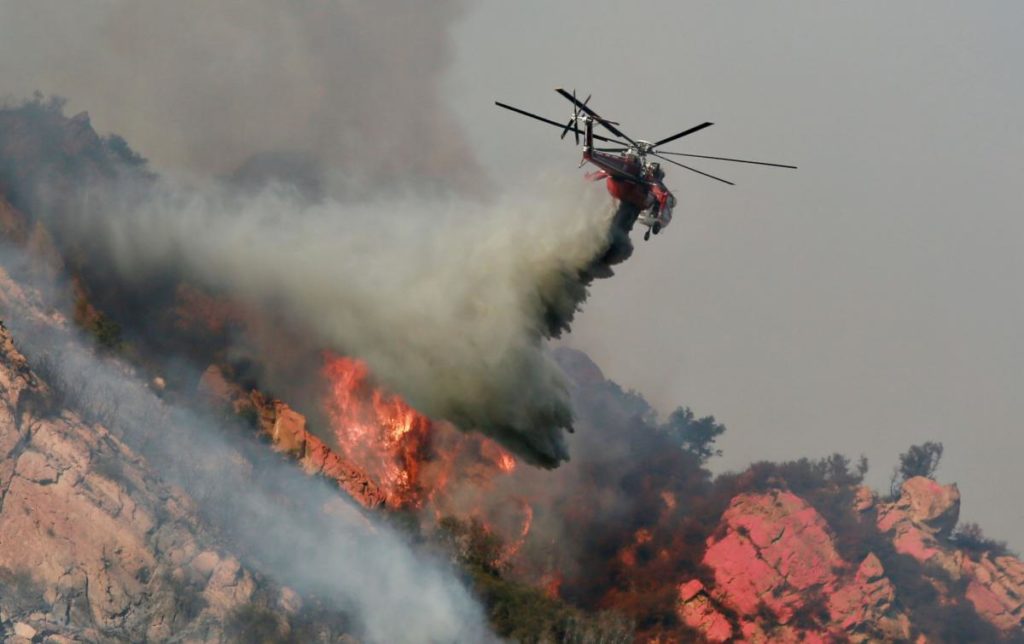

Jessica Aldridge from SoCal 350 and Adventures in Waste discusses the issues with Denise Duffield, Associate Director of Physicians for Social Responsibility-Los Angeles, and Melissa Bumstead, Mother and local advocate, and a founder of Parents Against Santa Susana Field Lab.
No More Kids With Cancer: Clean Up the Santa Susana Field Lab Petition: https://www.change.org/p/no-more-kids-with-cancer-clean-up-the-santa-susana-field-lab
Interview by Jessica Aldridge from SoCal 350 and Adventures in Waste.
Host and Engineer: JP Morris
Executive Producer: Mark Morris
Episode 26
Photo: Getty Images/ Sandy Huffaker
Source: LAist
Updated 25 September 2020

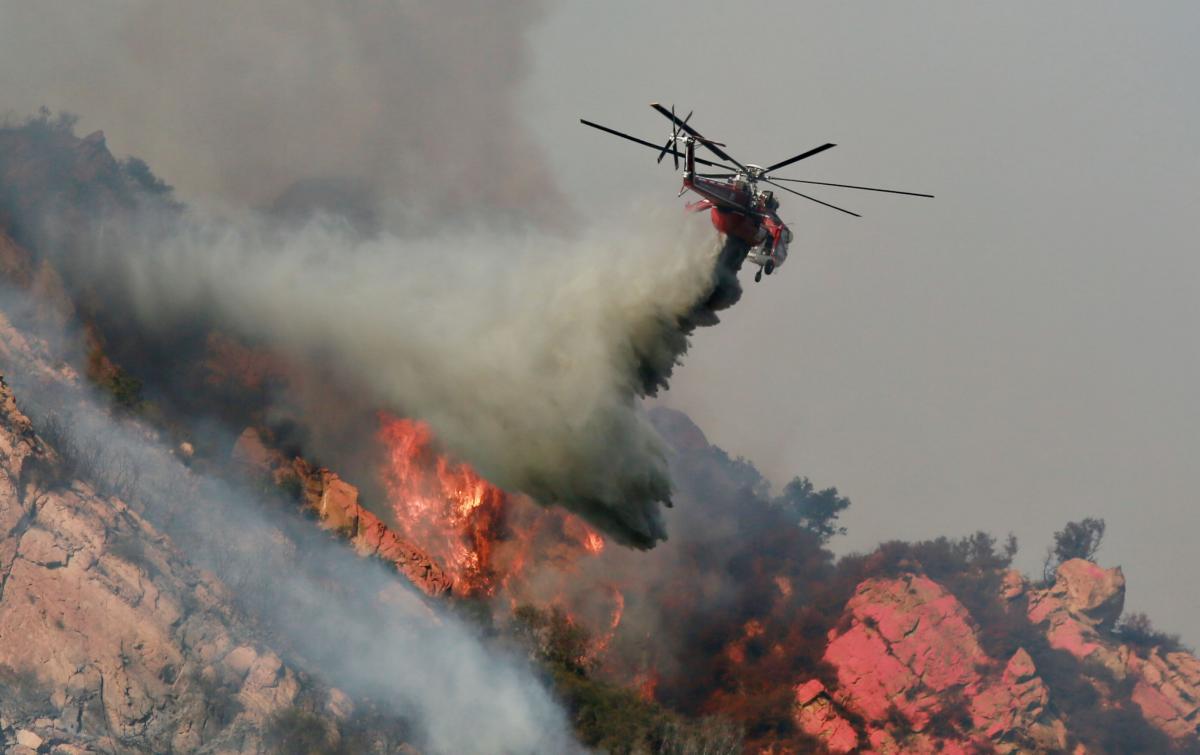


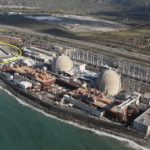
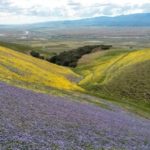
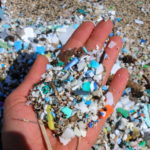






We covered this issue on Nuclear Genocide when the fire was burning. Ionising radiation effectively never goes away, unless of course it gets re-aerosoled back into the atmosphere via anthropogenic fires and drifts around.
Shared on Nuclear Genocide thx
https://www.facebook.com/EndNuclearBeforeItEndsUs/?eid=ARAYY3S3SURfmJAFOfExVwRneTCVrVz_GujUq7DHQCGLY6TNp3lrXlKNuZD9yKtN-ADCUT3VfXwnMRoA